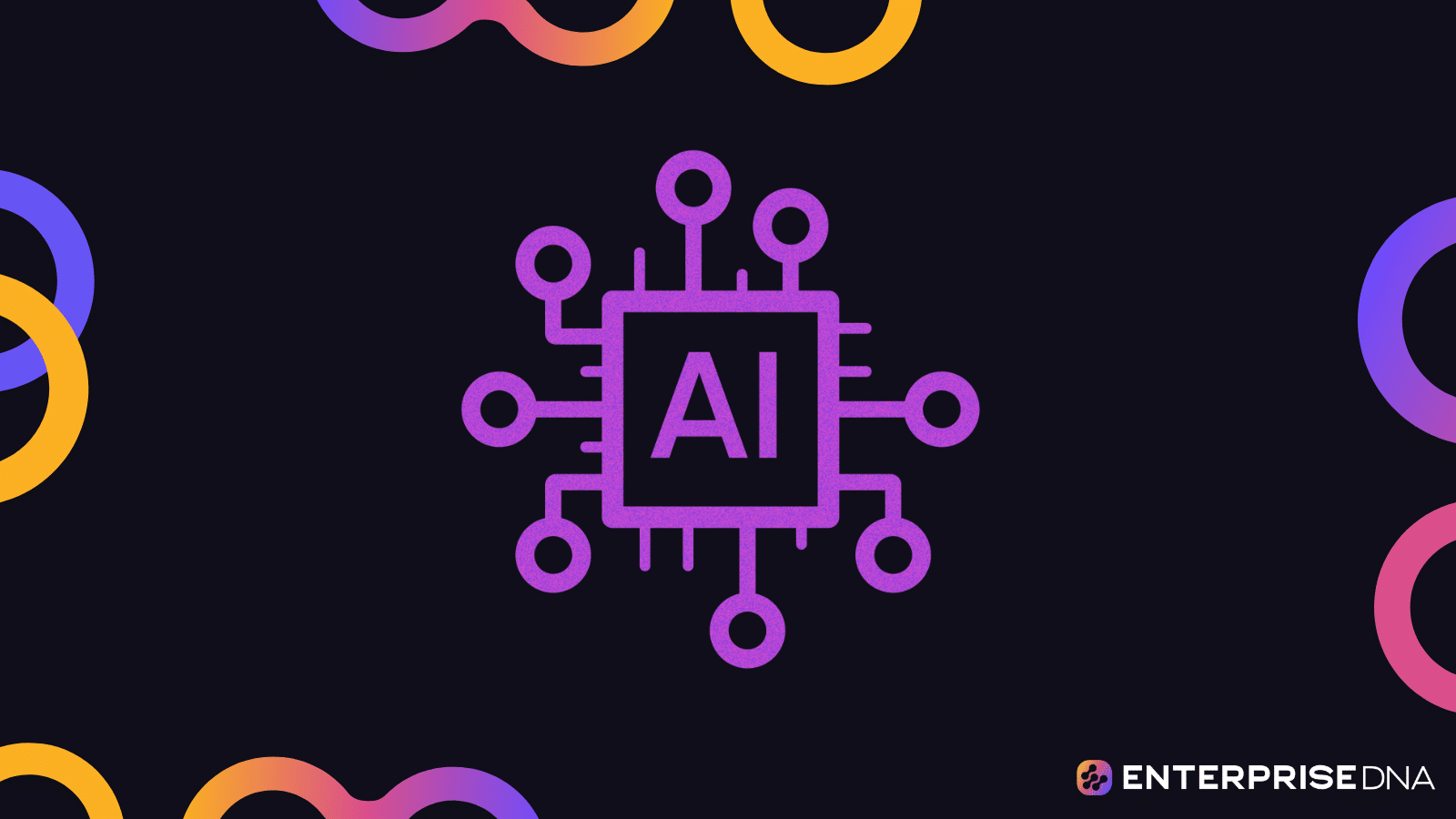Artificial General Intelligence (AGI) is the next step in the evolution of artificial intelligence. While we have made tremendous progress in developing AI systems that can perform specific tasks with superhuman capabilities, we are still a long way from creating a machine that can truly understand and learn from the world in the same way humans do.
Enter neural networks, a powerful machine learning model that has shown great promise in mimicking the human brain’s ability to learn and make decisions. Could neural networks be the key to unlocking AGI? In this article, we’ll delve into the topic to find out.
Let’s get into it!
What Are Neural Networks?
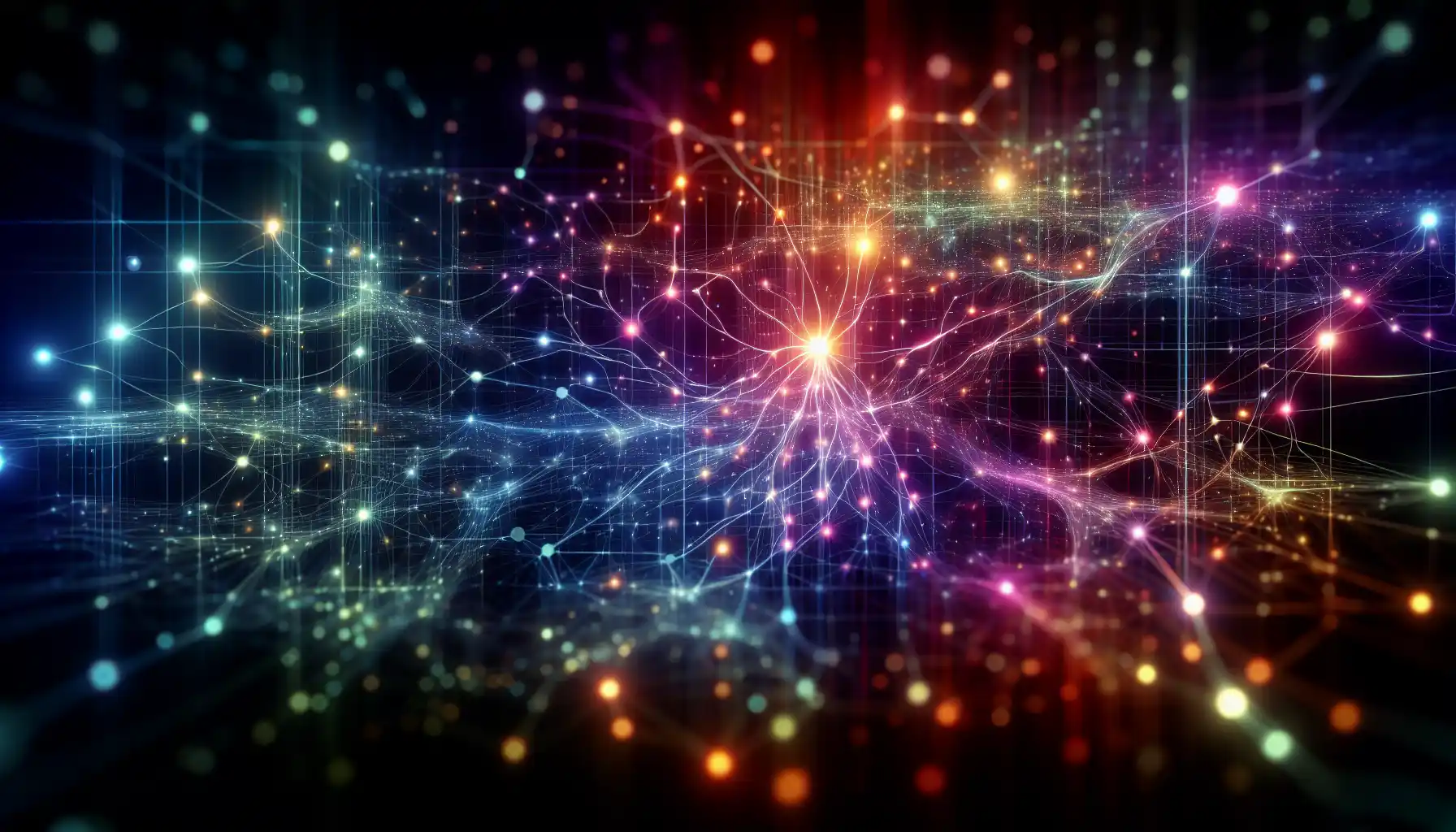
Before we dive into the question of whether neural networks can lead to AGI, let’s quickly review what they are.
Neural networks are a type of machine learning model that is designed to mimic the way the human brain processes information. These networks consist of interconnected nodes, or “neurons,” that work together to process complex data and make sense of it.
Neural networks can be used for a variety of tasks, such as image and speech recognition, natural language processing, and even playing games. They have shown remarkable success in these areas, often outperforming traditional machine learning models.
This success has sparked a lot of excitement and debate about the potential of neural networks to bring us closer to the ultimate goal of AI: artificial general intelligence.
What is Artificial General Intelligence (AGI)?
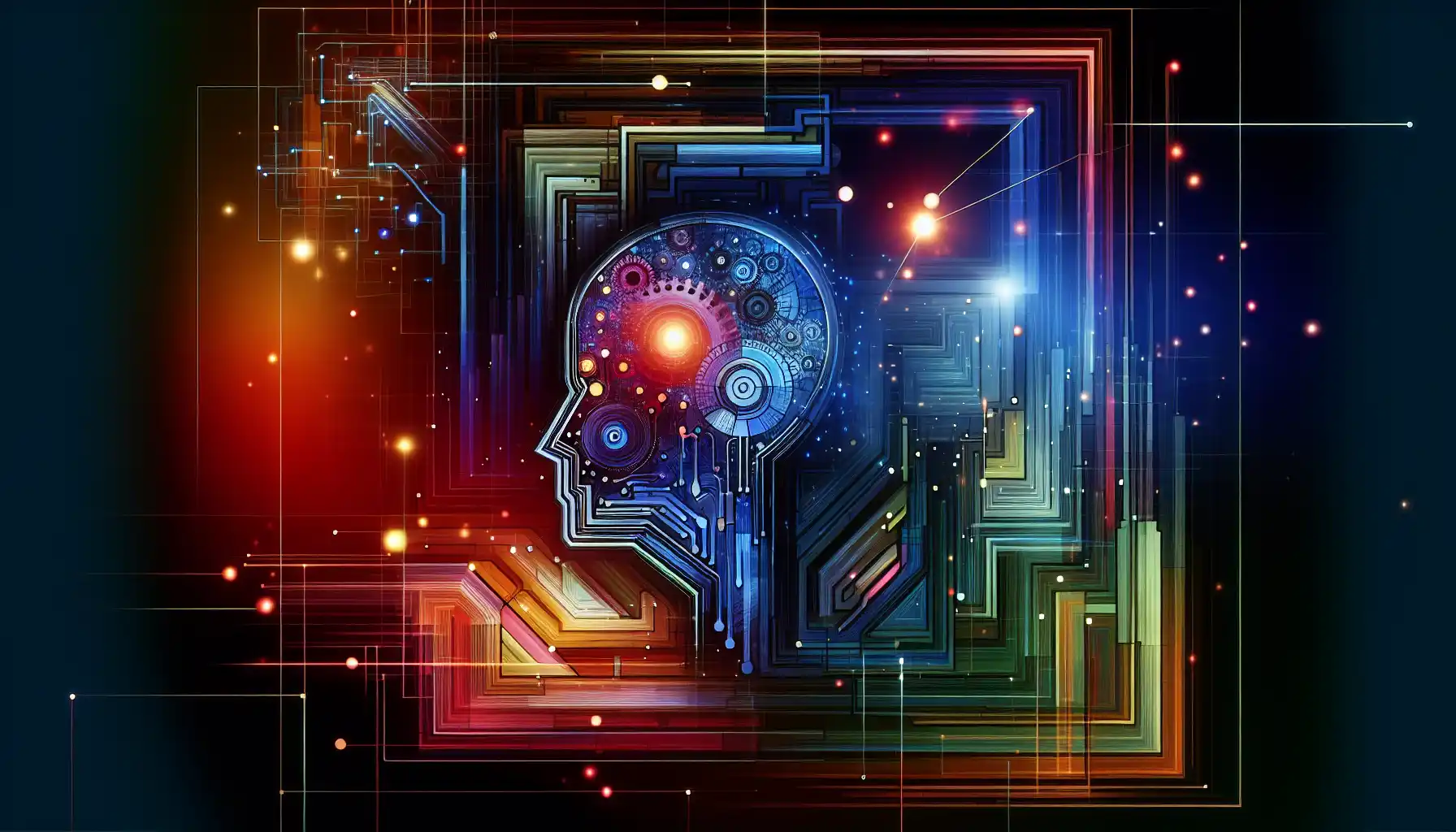
Artificial General Intelligence, or AGI, refers to a type of artificial intelligence that is as smart as a human across the board—a machine that can understand, learn, and apply knowledge in a broad range of areas.
The “general” in AGI means that the system has the capacity to understand and learn in a general way, just like a human being. This stands in contrast to current AI systems, which are “narrow” or “weak” AI—they can excel at specific tasks, like image recognition or playing chess, but they can’t learn or apply their knowledge to new domains.
To create AGI, we would need to develop AI systems that can reason, understand, plan, and learn from experience in a way that’s not just specific to a certain task, but applicable to many different tasks. Achieving AGI is often seen as the next major step in the evolution of AI, and it’s a goal that many researchers and companies are working towards.
What Are the Current Limitations of Neural Networks?
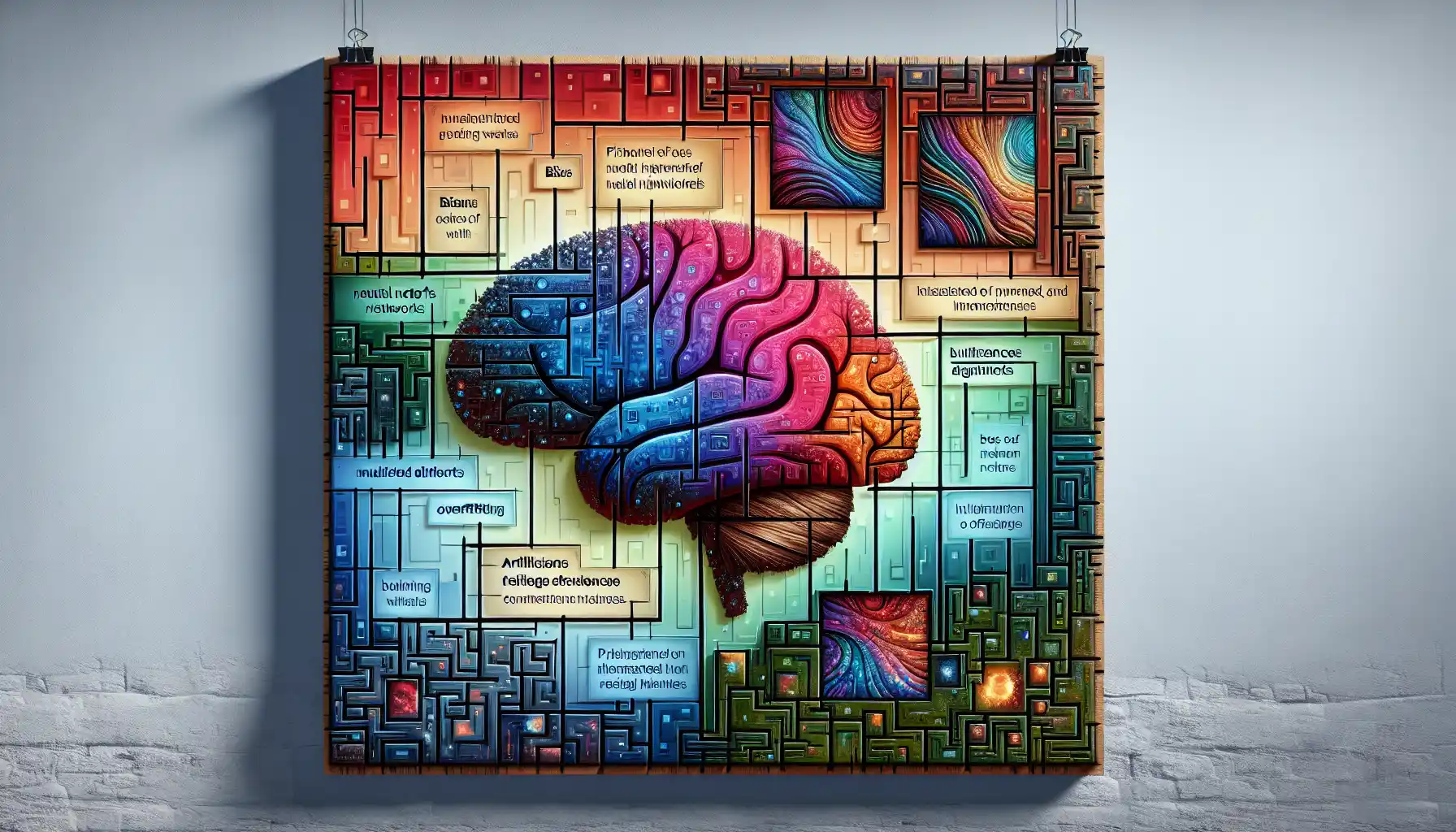
Neural networks have come a long way in recent years and have shown remarkable success in many applications, but they still have some key limitations that prevent them from achieving AGI. Some of these limitations include:
- Lack of common sense: Neural networks, as they exist today, lack the ability to reason and apply common sense in the way humans do. They can’t look at a situation and draw on their knowledge and experience to make logical inferences or predictions.
- Data dependence: Neural networks require a massive amount of data to learn and make accurate predictions. They struggle with tasks where data is limited or where the environment is constantly changing.
- Lack of causality: Neural networks can find correlations in data, but they struggle to understand causality. They can’t answer questions like “why did this happen?” or “what caused this?”
- Brittleness: Neural networks can be highly sensitive to changes in the input data, and they often struggle with “adversarial examples”—small, carefully crafted changes to input data that can cause the network to make wildly incorrect predictions.
- Inability to transfer knowledge: Neural networks have difficulty transferring knowledge from one domain to another. They can’t take what they’ve learned in one context and apply it to a new, related context.
- Lack of creativity: While neural networks can generate impressive outputs in areas like art or music, they lack true creativity. They can only remix and recombine existing data, not come up with genuinely new ideas or solutions.
Overcoming these limitations will be essential for neural networks, or any other AI system, to reach the level of general intelligence that would be required for AGI.
How to Achieve AGI With Neural Networks

While there is no definitive roadmap to AGI, some researchers believe that neural networks hold the potential to lead us there. But how?
One key area of focus is reinforcement learning, which is a type of machine learning that allows an agent to learn by interacting with its environment and receiving feedback in the form of rewards or punishments. This process is similar to the way humans learn, and it has been successful in teaching AI systems to play complex games, control robots, and optimize systems.
Another area of interest is unsupervised learning, which is a type of machine learning that aims to make sense of data without explicit guidance or labels. Unsupervised learning could help AI systems to understand the underlying structure of the world and make better predictions about the future.
Finally, researchers are also exploring ways to make neural networks more robust and adaptable. This involves addressing the limitations we discussed earlier, such as the lack of common sense, the brittleness of the models, and the difficulty in transferring knowledge between domains.
By improving the capabilities of neural networks in these key areas, we may be able to develop the foundation for AGI. But it’s important to note that achieving AGI is a complex and multifaceted challenge, and it will likely require breakthroughs in many different areas of AI and computer science.
What Are The Alternative Paths To AGI?
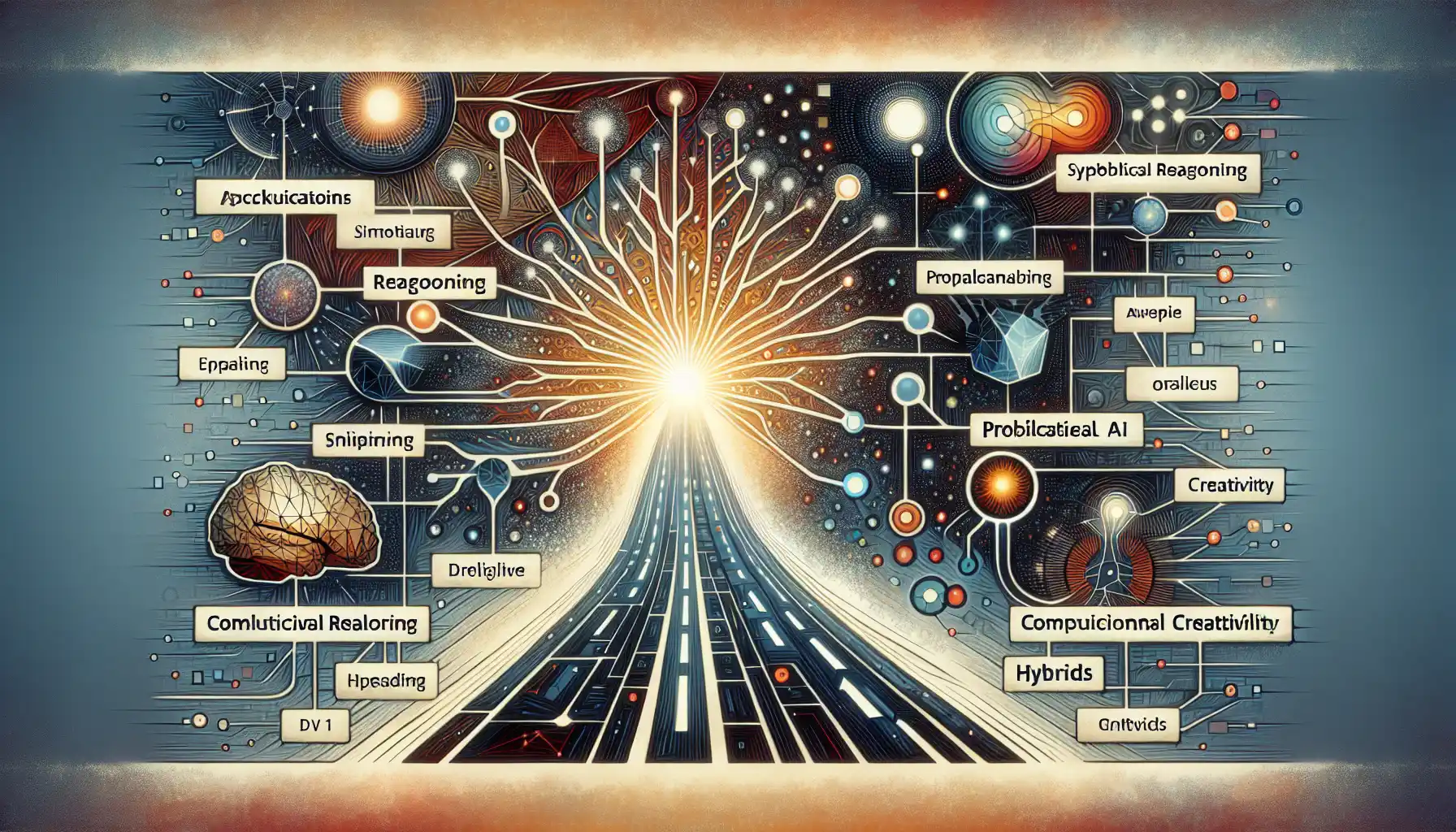
While neural networks are a promising approach to AGI, they are not the only path. There are other methods and techniques that researchers are exploring in their quest to create truly intelligent machines.
Some of these alternative paths include:
- Symbolic AI: Symbolic AI, also known as “good old-fashioned AI,” focuses on representing knowledge and using logical rules to manipulate that knowledge. This approach has been highly successful in creating systems that can reason and solve problems in specific domains, but it struggles with tasks that require a lot of data or that are ambiguous or ill-defined.
- Evolutionary algorithms: Inspired by the process of natural selection, evolutionary algorithms use a population of candidate solutions to a problem and apply random mutations and selective pressure to evolve better solutions over time. This approach is often used in optimization problems and has been applied to creating novel designs and architectures.
- Bayesian methods: Bayesian methods are based on the principles of probability and updating beliefs based on evidence. They are particularly useful in situations where uncertainty is a key factor, and they have been successfully applied in areas like medical diagnosis and financial forecasting.
- Fuzzy logic: Fuzzy logic is a way of reasoning that allows for degrees of truth rather than the strict true/false logic of traditional systems. This can be helpful in situations where the boundaries between categories are blurry, and it has been used in applications like control systems and consumer electronics.
- Quantum computing: While still in its early stages, quantum computing has the potential to revolutionize AI. Quantum computers can perform certain types of calculations much faster than classical computers, which could open up new possibilities for solving complex problems in AI.
Each of these alternative paths has its own strengths and weaknesses, and it’s possible that a combination of different approaches will be needed to achieve AGI. The field of AI is incredibly diverse and dynamic, and there is no shortage of exciting research and development happening in all of these areas.
Final Thoughts

The pursuit of AGI is one of the most exciting and challenging endeavors in the field of AI. While we have made significant progress with neural networks and other AI techniques, there is still a long way to go.
The road to AGI is not a straight line, and it will likely require breakthroughs in multiple areas, as well as the convergence of different approaches. As we continue to push the boundaries of what is possible with AI, we are not just creating intelligent machines, we are also learning more about what it means to be intelligent ourselves.
The journey to AGI is a testament to human ingenuity and our unrelenting quest to understand the world around us. Whether or not we will reach AGI in the near future is still an open question, but one thing is certain: the path we are on is leading us to new and incredible possibilities.
Frequently Asked Questions
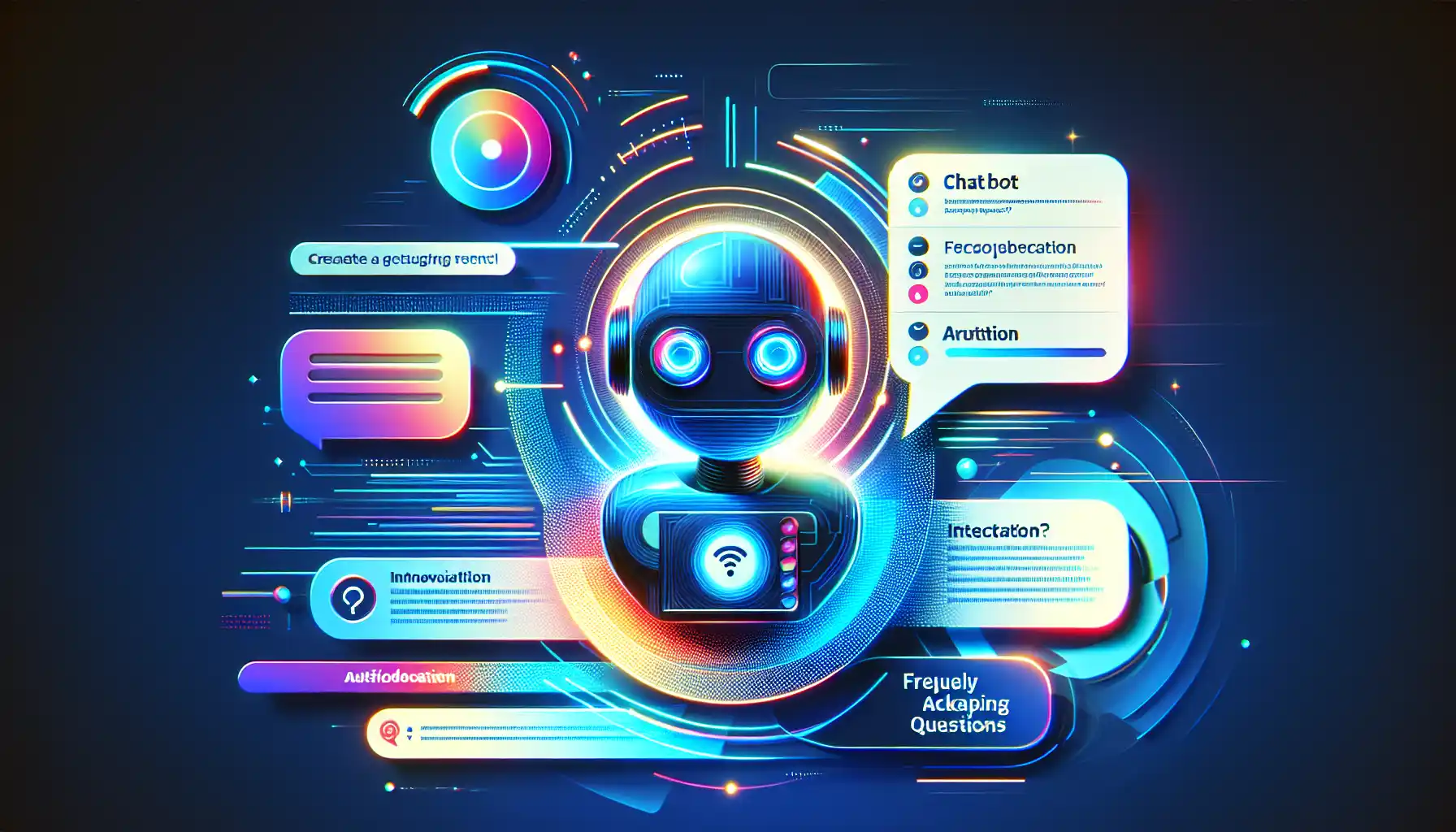
Can neural networks achieve AGI?
While neural networks have made significant progress in various AI applications, it’s not clear whether they can lead to AGI. The architecture of neural networks seems to be inspired by the human brain, but it is not identical to it. To achieve AGI, we may need to combine multiple techniques and approaches.
What are the limitations of neural networks in achieving AGI?
The limitations of neural networks in achieving AGI include their lack of flexibility and adaptability. Neural networks require vast amounts of labeled data to learn, and they can struggle in situations where the data is scarce or the task is complex. Additionally, they can be easily fooled by adversarial attacks, and they do not possess the ability to reason or understand context.
What are alternative paths to AGI?
There are various alternative paths to AGI, including symbolic AI, reinforcement learning, and hybrid approaches. Each of these approaches has its strengths and weaknesses, and the future of AGI research may involve combining elements from different methods to achieve a more comprehensive and flexible form of artificial intelligence.
Will we achieve AGI in the next 10 years?
It’s impossible to predict with certainty whether AGI will be achieved in the next 10 years. The development of AGI depends on numerous technological, ethical, and societal factors. While rapid progress is being made in AI, there are still many challenges to overcome. It’s essential to approach the development of AGI with caution and careful consideration of its potential implications.
What is the role of deep learning in AGI?
Deep learning, a subfield of machine learning, is essential in developing AGI. Deep learning techniques, which are used to train large neural networks, have enabled significant advancements in various AI applications. However, AGI will likely require more than just deep learning. Other AI techniques, such as reinforcement learning and symbolic reasoning, may also play crucial roles in achieving AGI.
How will AGI impact society?
AGI has the potential to impact society in profound ways. It could revolutionize industries, making processes more efficient and effective. However, there are also concerns about the impact of AGI on the job market, as it may lead to the automation of many tasks currently performed by humans. There are also ethical concerns surrounding AGI, such as the need to ensure that AGI systems are aligned with human values and do not pose risks to humanity.

